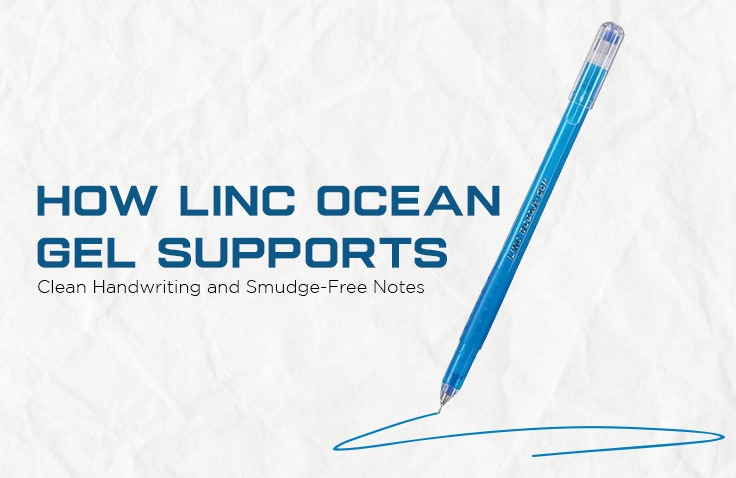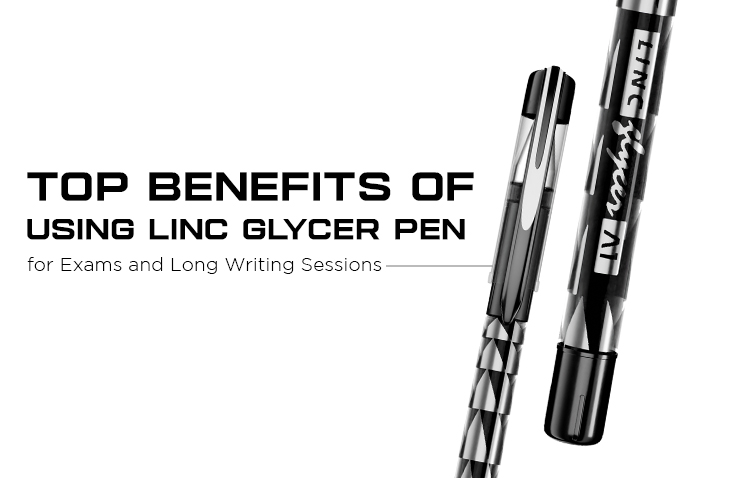Ballpoint, Gel or Fountain – Which Pen is the Right One for Me?

For those that are fond of writing, you will be aware that choosing the right pen is a necessary part of the writing experience. No pen is the same and all pens cannot be generalized. Each is graced by its own quirk. Different pens have different features that are appealing in their own right. However, many may not have the time or resources to find the best ones. Hence, we have already done the work for you.
When it comes to pens, you may have heard the word ‘ballpoint’, ‘gel’ and ‘fountain’ used a lot. Yes, having these categories makes it easier to find a pen that fits your needs. However, what does each category have to offer? How does each affect our results on paper? They make look similar in appearance but are in no way the same.
Hence, this short guide will discuss these specific categories in closer detail.
BALLPOINT PENS
The popularity of a ballpoint pen needs no introduction. Preferred by many across the world, these pens use thick, oil-based inks with a ball bearing at the tip that helps roll ink onto the page. Whether notes in class or simple grocery lists, these are a great option for everyday use. Their popularity also lies in the fact that they tend to be economical in pricing with no compromise in quality.
Advantages:
- The ink is usually quick-drying and waterproof
- These pens have longer longevity than other types
- The ink tends to dry faster which allows lesser smudging
- The nib is lesser prone to damage
Minimal chances of leaks and bleeding of ink on paper
Disadvantages:
- Requires more pressure to write
- The think ink of ballpoint pens may lead to clumping
- Not recommended for longer writing periods
GEL PENS
Being another popular type of pen, gel pens use a water-based gel ink that uses pigments instead of regular dyes. As a result, these pens are available in a variety of colours. Gel pens are known for their clean, precise lines while also paving the way for a smooth and easy writing experience. Hence, they take first place when it comes to journal entries, colour-coded notes or even artwork due to its neat presentation.
Advantages:
- Easy ink flow allows seamless writing
- Creates sharp, bold and vivid lines
- Allows extended writing lengths with lesser pressure
- Tends to be waterproof and fadeproof
- Works for a variety of purposes besides writing
Disadvantages:
- The ink requires a longer drying time
- They tend to have a shorter ink life
- More prone to bleeding and smudging
FOUNTAIN PENS
These types of pens use a nib and a unique ink system, either a built-in reservoir or cartridges to hold ink. Apart from ordinary pens, fountain pens give out a sense of sophistication and style. It offers a classic look and proves useful in professional art and calligraphy as well. These writing instruments also tend to be works of art themselves.
Advantages:
- Adds more depth and character to writing
- Easy ink flow is a staple with fountain pens
- Not much hand pressure is needed
- Allows a variety of tip sizes and width of lines
- Ink can be refilled with ease
Disadvantages:
- Not suited for everyday use
- The body and nib need careful attention
- Leaks and spills are common
Apart from these general observations, these are a few important things to remember. Results change based on the brand you choose, quality of the surface you write on and of course, your individual style of writing. Hence, it’s up to you to explore what works for you and draw your own conclusions from there. Each pen differs from person to person and you need what resonates with your own unique style.
In your quest for the right pen, these insights are sure to help along the way.





Leave a Reply